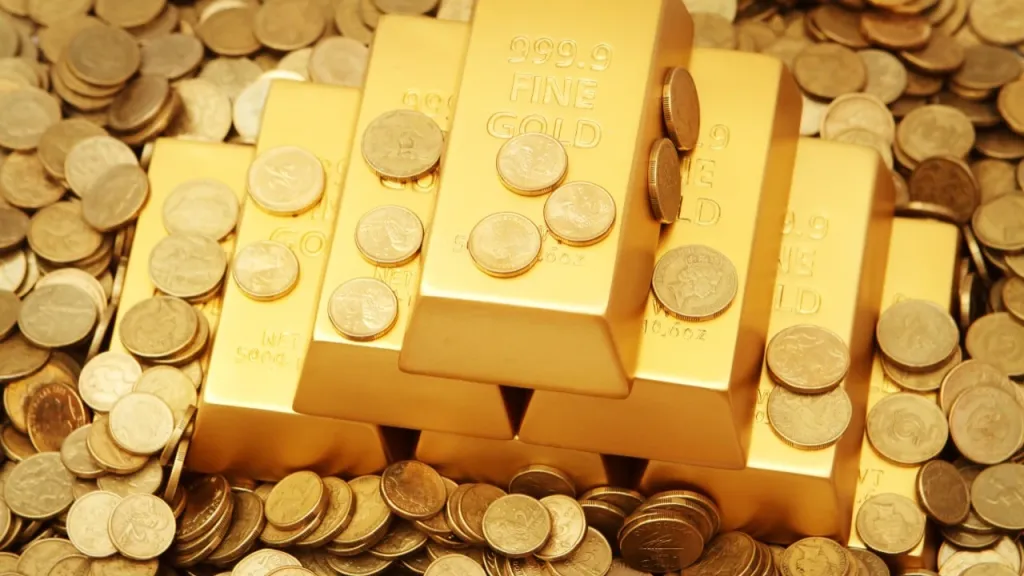Gold has surpassed $4,000 an ounce for the first time. Why the growth may continue

Gold reached another milestone: the most actively traded futures contract briefly surpassed the $4000 per ounce mark for the first time. Gold futures then corrected slightly and are now trading at $3995 per ounce.
What influenced gold's rise
Prices were pushed up by political instability in three major economies of the world: the government crisis in France, the shutdown in the U.S., in addition, in Japan, the ruling Liberal Democratic Party elected Sanae Takaichi as Prime Minister, opening the way to a freer fiscal policy, notes Barron's.
All told, the precious metal has risen more than 50 percent this year, posting its best performance since 1979, when the rally was sparked by the Iranian Revolution, the Soviet invasion of Afghanistan and a surge in inflation in the West, the publication recalls.
What's next
Further rate cuts by the US Federal Reserve may provide additional support for gold. When borrowing costs fall, gold becomes more attractive compared to other "safe havens" - such as bonds or yield-yielding deposit accounts, Barron's writes.
Amid a weakening labor market, investors are almost certain that rates will be cut in the coming months. According to the CME FedWatch tool, traders estimate the probability that the Fed will cut rates by 50 basis points by the end of the year at about 80%.
Analysts at UBS wrote last week that Fed policy easing, a weaker dollar and political uncertainty will continue to drive up precious metal prices, CNBC reports . "We now expect gold investment inflows of 830 metric tons this year - nearly double our initial forecast of 450 tons announced at the beginning of the year," the investment bank said in a note. It cited stronger U.S. economic growth and a possible Fed rate hike in the event of inflation surprises as among the main risks to gold.
Goldman Sachs on Monday raised its estimate of the value of the asset by December 2026, Reuters wrote . The bank now believes gold will trade at $4900 an ounce rather than $4300. Analysts cited strong inflows into exchange-traded funds (ETFs) and expected continued purchases of the metal by central banks for at least another three years. Goldman emphasized that this forecast may be revised as well.
This article was AI-translated and verified by a human editor
